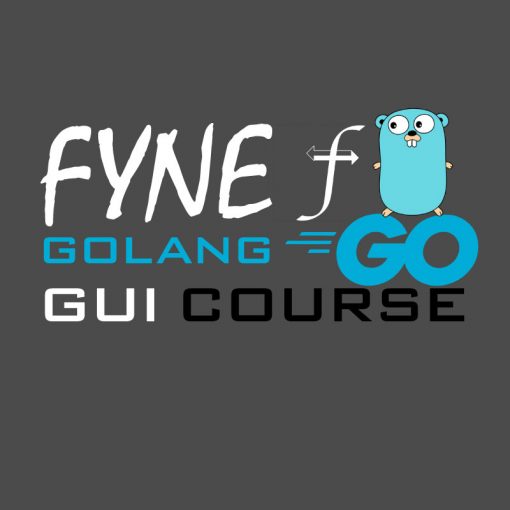

Part 1: Hello, OpenGL: Install and Setup OpenGL and GLFW, Draw a Triangle to the Window.There is nothing particularly novel here in the Go implementation, so if you have experience in any similar programming language you should be just fine.Īs for the tutorial, here’s what we’ll be covering: I’ve developed the tutorial using Go version 1.8, but it should be compatible with previous versions as well. The tutorial is going to cover a lot of ground starting with the basics, however it will assume you have a minimal working knowledge of Go - at the very least you should know the basics of variables, slices, functions and structs, and have a working Go environment setup. In our simulation, a white cell indicates that it is alive, and black cell indicates that it is not. Any dead cell with exactly three live neighbours becomes a live cell, as if by reproduction.Īnd without further ado, here’s a demo of what we’ll be building:.Any live cell with more than three live neighbours dies, as if by overpopulation.Any live cell with two or three live neighbours lives on to the next generation.Any live cell with fewer than two live neighbours dies, as if caused by underpopulation.At each step in time, the following transitions occur:

Every cell interacts with its eight neighbours, which are the cells that are horizontally, vertically, or diagonally adjacent. The universe of the Game of Life is an infinite two-dimensional orthogonal grid of square cells, each of which is in one of two possible states, alive or dead, or “populated” or “unpopulated” (the difference may seem minor, except when viewing it as an early model of human/urban behaviour simulation or how one views a blank space on a grid). One interacts with the Game of Life by creating an initial configuration and observing how it evolves, or, for advanced “players”, by creating patterns with particular properties. The “game” is a zero-player game, meaning that its evolution is determined by its initial state, requiring no further input. The Game of Life, also known simply as Life, is a cellular automaton devised by the British mathematician John Horton Conway in 1970.
#Goland tutorial full
The full source code is available on GitHub at /KyleBanks/conways-gol so feel free to check it out if you get stuck or use it as a reference if you decide to go your own way.īefore we get started, we need to get an understanding of what Conway’s Game of Life actually is. The tutorial will walk through a few phases outlined below, with our end goal being to implement Conway’s Game of Life using OpenGL to draw the game board in a desktop window. There are bindings for OpenGL in just about every language and Go is no exception with the go-gl packages, a full suite of generated OpenGL bindings for various OpenGL versions.
#Goland tutorial how to
The purpose of this tutorial is to give you a starting point and basic understanding of OpenGL, and how to utilize it with Go. However, regardless of how popular and useful OpenGL is, it can be quite intimidating to get started compared to more high-level graphics libraries. OpenGL is pretty much the gold standard for any kind of graphics work, from desktop GUIs to games to mobile applications and even the web, I can almost guarantee you’ve viewed something rendered by OpenGL today. The full source code of the tutorial is available on GitHub.

Part 1: Hello, OpenGL | Part 2: Drawing the Game Board | Part 3: Implementing the Game the digits 12 to 14 are the second part of the IDĪnd here is a test that proves that an example VIN works: package vin_testįunc TestVIN_Manufacturer(t *testing.Related Posts Accessing the Goodreads API with Go Introducing modoc, a Lightweight Framework for Large Markdown Documents OpenGL & Go Tutorial Part 3: Implementing the Game OpenGL & Go Tutorial Part 2: Drawing the Game Board awsprof: Set Access and Secret Key Environment Variables by Profile Name if the last digit of the manufacturer ID is a 9 The unique vehicle identification number of every car includes-beside a “running” (i.e., serial) number-information about the car, such as the manufacturer, the producing factory, the car model, and if it is driven from the left- or right-hand side.Ī function to determine the manufacturer code might look like this: package vin Case Study in Golang OOP: Reading the Manufacturer Code from a Vehicle Identification Number (VIN) This Golang tutorial will take a simple example and demonstrate how to apply the concepts of binding functions to types (aka classes), constructors, subtyping, polymorphism, dependency injection, and testing with mocks. Nevertheless, in Go, object-oriented patterns are still useful for structuring a program in a clear and understandable way. Is Go object-oriented? Can it be? Go (or “Golang”) is a post-OOP programming language that borrows its structure (packages, types, functions) from the Algol/Pascal/Modula language family.


 0 kommentar(er)
0 kommentar(er)
